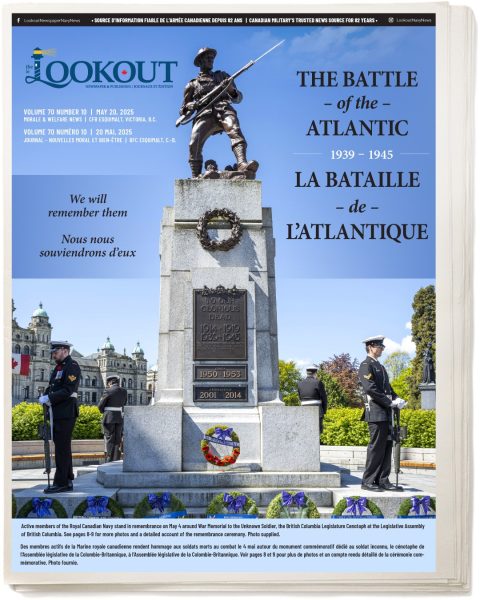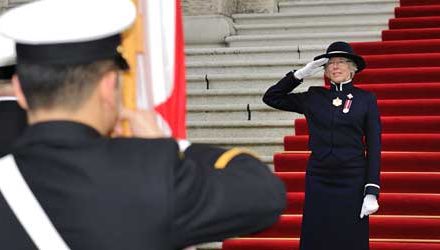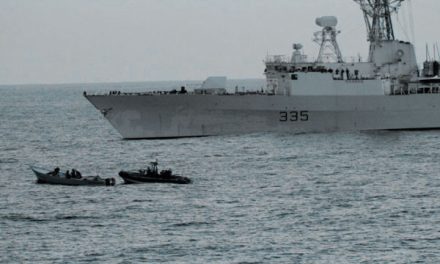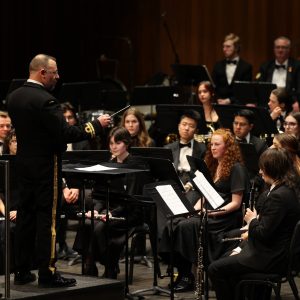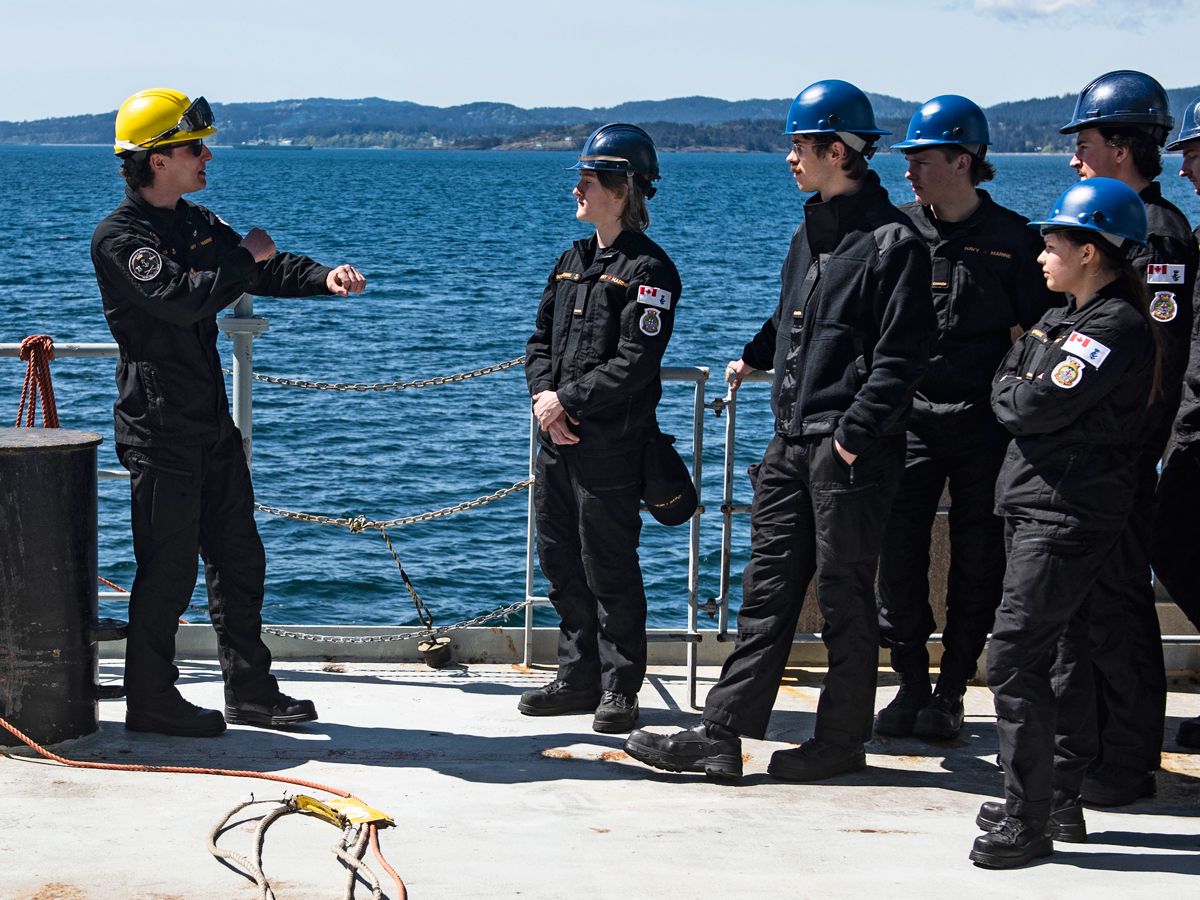
Crew members of the Motor Vessel (MV) Asterix perform a Replenishment-At-Sea (RAS) Layout, during TGEX 2024, April 22. Photo: Master Corporal Nathan Spence, Maritime Forces Pacific Imaging Services, Esquimalt, BC.
Captain Pedram Mohyeddin,
MARPAC PAO
—
Task Group Exercise 2024 (TGEX 24-01), which saw units practicing and enhancing capabilities, recently concluded off the coast of Vancouver Island.
The TGEX, which ran from April 22 to May 3 focused on interoperability between joint elements, and featured the inclusion of the United States Navy. Led by HMCS Vancouver, several units from Maritime Forces Pacific trained alongside each other and United States Ship (USS) Gridley in multiple exercises developed to hone the combat skills of their respective sailors and crew.
“Task Group exercises strengthen the Royal Canadian Navy’s interoperability with our allies. These exercises maintain our readiness and ability to deploy as required in future operations around the world,” said Captain (Navy) Mark O’Donohue, Task Group Commander. “Operations at sea are complex and require continued effort to maintain the skills required to be effective.”
The Task Group trained in communications, underwater warfare, weapons firing, silent operations, unmanned aerial systems operations (UAS Ops), Officer of the Watch Manoeuvres, and damage control.
This exercise was particularly important for the crew of HMCS Vancouver as they get ready for their Intermediate Multi-Ship Readiness Training (IMSRT) starting in June, then on to Operation Horizon in the Indo-Pacific. This year, special attention was given to UAS Ops, where drones were flown around ships and engaged by the ships’ combat systems. Drone warfare has become more prevalent in conflict and new capabilities are being established to fight them.
This is also the first year Canadian Fleet Pacific has had an Arctic and Offshore Patrol Vessel, HMCS Max Bernays, as part of the Task Group. HMCS Max Bernays arrived in Esquimalt, following a month-long transit from Halifax, N.S., through the Panama Canal, to be the first vessel commissioned on the West Coast in almost 10 years.
This year’s participating units were HMCS Vancouver, HMCS Regina, HMCS Max Bernays, HMCS Yellowknife, HMCS Edmonton, MV Asterix, Joint Task Force (Pacific), Canadian Submarine Force, Fleet Diving Unit (Pacific), Naval Small Teams, 443 Maritime Helicopter Squadron, and USS Gridley.

Aerial photo of HMCS Regina, HMCS Yellowknife, HMCS Max Bernays, HMCS Edmonton, and HMCS Vancouver from 443 Squadron Helicopter during Task Group Exercise 24-01, on May 1. Photo: Sailor Third Class Mckayla Ryce, MARPAC Imaging Services.
